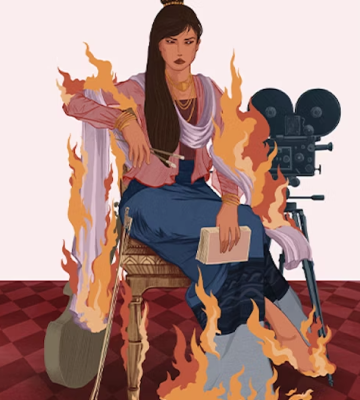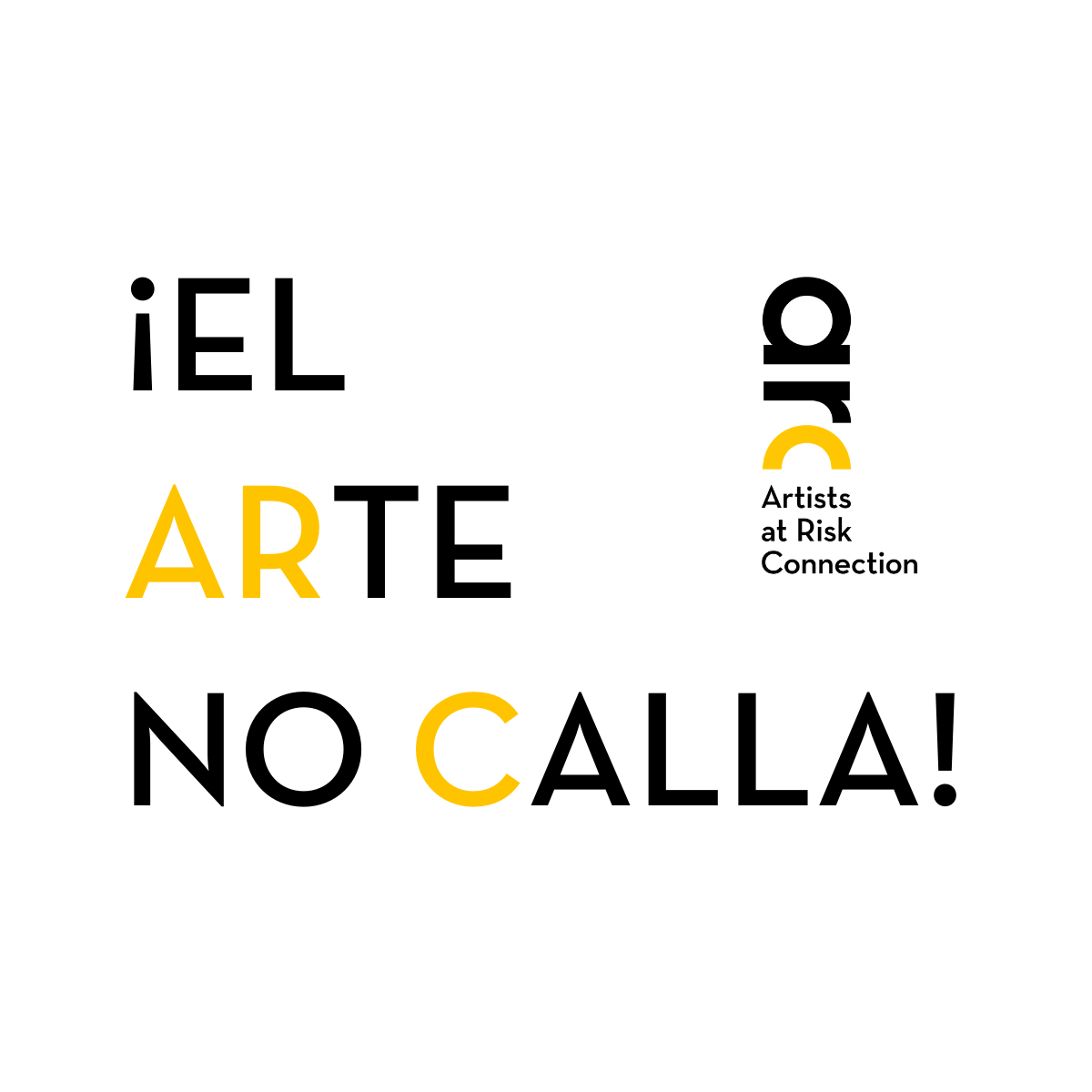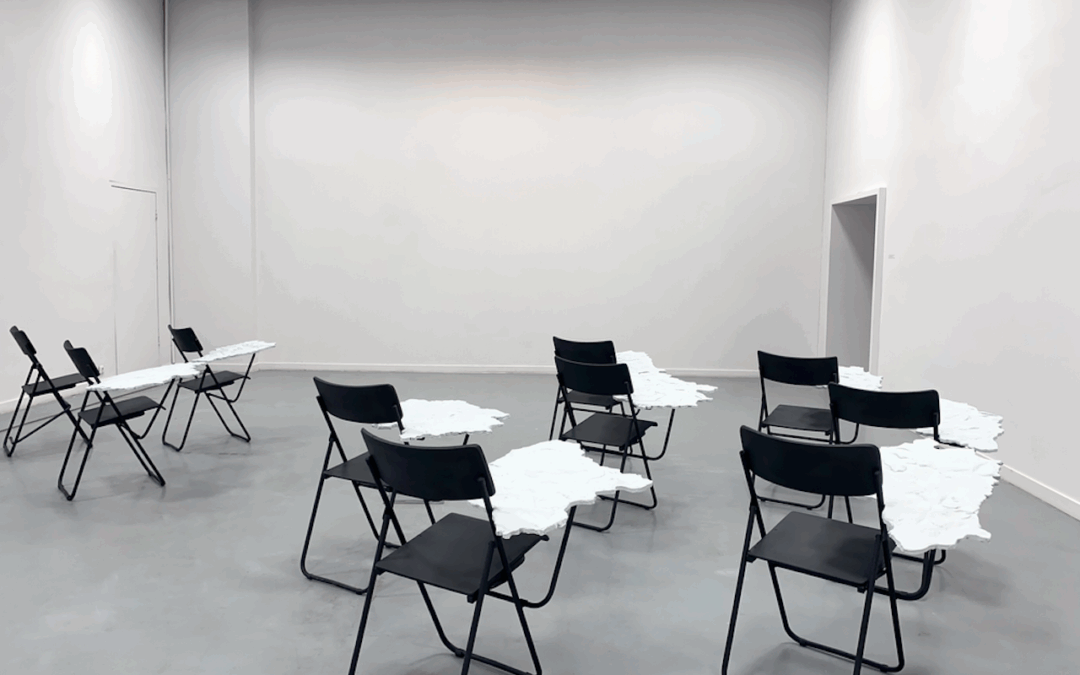Lesia Pcholka
Visual Artist
Belarus
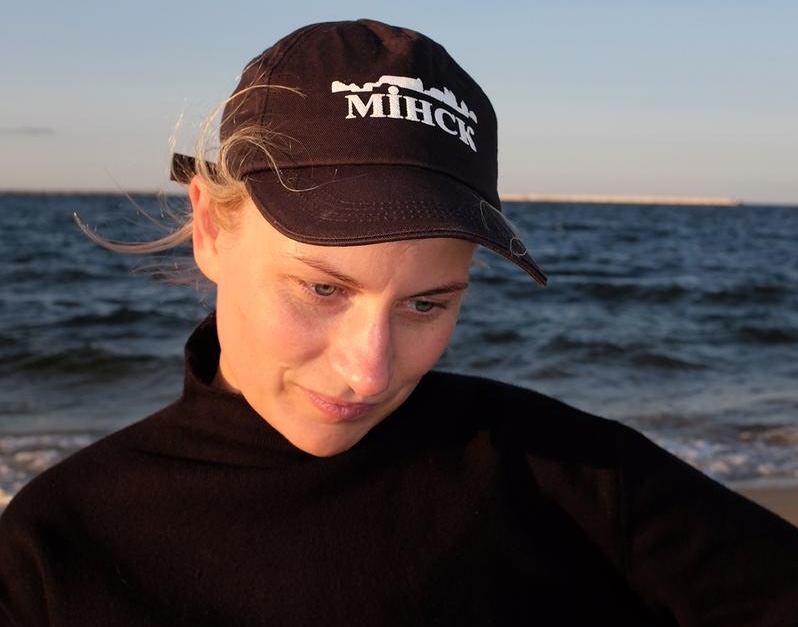
Born in 1989 in Belarus, Lesia Pcholka (@lestvoidom) is an artist, archivist, and activist currently residing and working in Berlin, Germany, and Bielsk Podlaski, Poland. She is the founder of the VEHA platform and teaches at the European College for Liberal Arts in Belarus.
Pcholka’s artistic practice explores themes of everyday life, memory, and social issues through art and participatory engagement. Her works are featured in the collection of the IoDeposito gallery in Italy and in private collections across Belarus, Poland, and Germany.
Pcholka earned her degree in Social Psychology from Minsk Innovation University in 2015 and has participated in various international educational programs, including Biz4all by ODB Brussels (2016), ArtPlatform by the European Cultural Foundation (2018), Creative Enterprise by Nesta (2018), and the Sputnik Photos Mentoring Programme (2020), among others.
In 2017, Pcholka established VEHA, an independent cultural initiative dedicated to archiving photos and documenting the everyday life of Belarus. Through this platform, she has published two books of archival photos and research texts by various authors: The Best Side (Najlepšy bok) in 2018 and Hen-party and Last Photo (Dziavočy viečar and Apošni fotazdyma) in 2021.
Lesia has exhibited her work in solo exhibitions in Belarus and the Czech Republic, as well as in group exhibitions throughout Europe. Her projects bridge archival practices, migration narratives, and social transformation, utilizing photography, video, and installations to examine undocumented histories and political trauma. Pcholka’s work connects cultural heritage with contemporary migration and displacement, reflecting on identity and resilience in the face of authoritarianism and exile.
ARC Interview with Lesia Pcholka
— What primarily defines your identity as an artist right now?
The main thing is the fact that I am forcibly in exile. What I’m doing now, I was doing before, but now I’m cut off from everything that made me who I am, that made me an artist. I am building my new life from scratch. If it weren’t for the revolution and the persecutions, I would be working in my country. This was not my choice. We left Belarus in the spring of 2021, almost four years ago. That’s a huge chunk of life. All this time I thought we would return; I lived with that thought. I got used to not planning anything. I only came to terms with it this year. Now I try to determine what I’m doing and where I’m going. It takes a lot of time to achieve psychological balance and continue doing something. Or to decide that I can no longer do anything as an artist.
In addition to the experience of emigration, Belarusian identity is very important. We became visible as a nation for the first time during the protests of 2020. People saw for the first time that we are a different country, not Russia. We had a very brief window of opportunities. During that time, we could not build a network of contacts or create institutions that would now support Belarusians in general, let alone Belarusian art. We did not have support centers for Belarusian art in exile around which a community could form. If there is a community, it is mostly in Poland; we are in Germany, so we don’t even feel that connection.
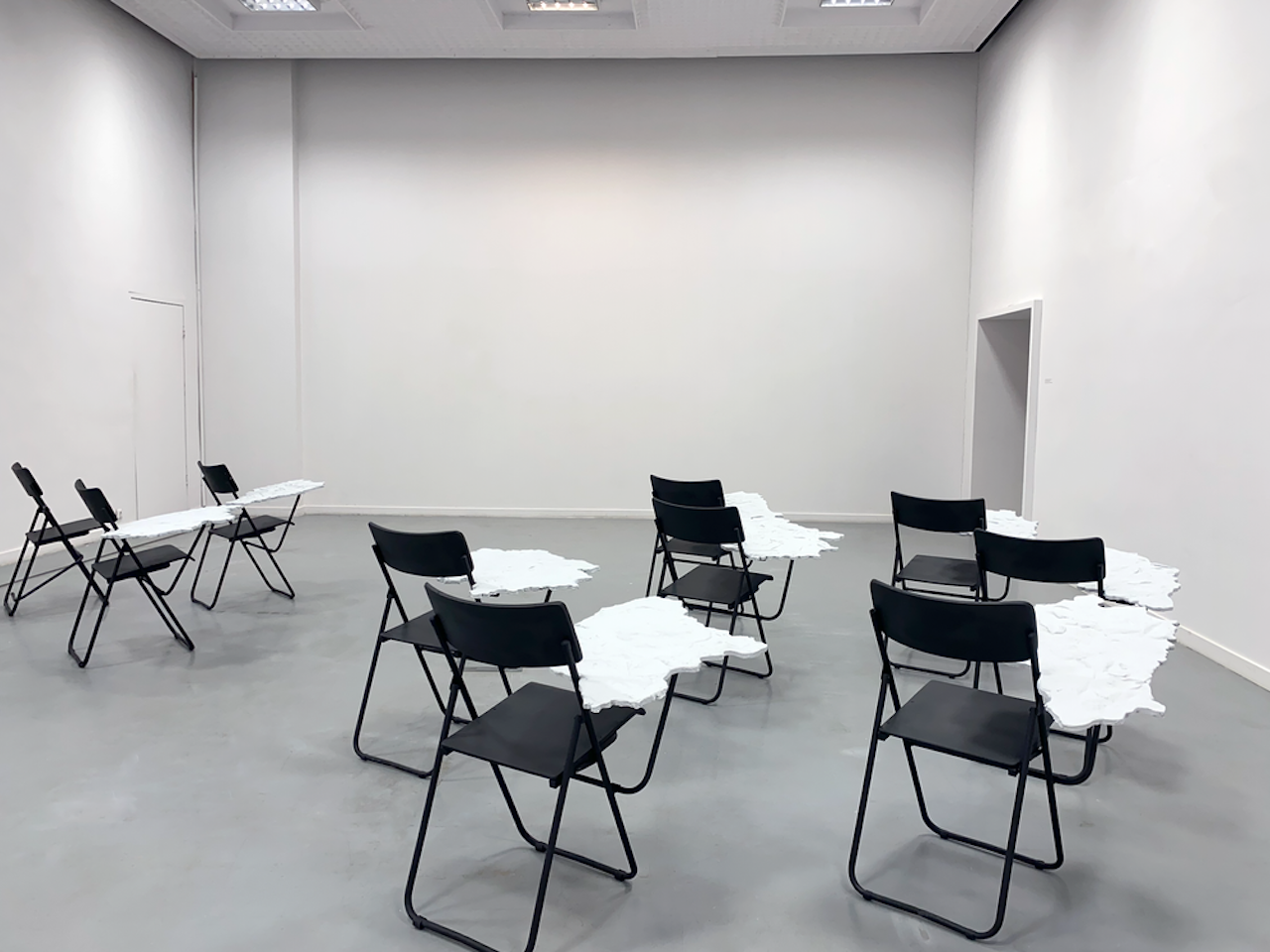
Try to Read My Stones is a work dedicated to the historical geography of a space in the formation of modern Belarus. Belarus is a country without mountains or access to the sea, located at the crossroads of cultures and religions. Its border position has profoundly influenced its development and identity. The installation Try to Read My Stones consists of nine maps of Belarus embedded in old school chairs. Each map corresponds to a key historical period of the 20th century (1918, 1918-1919, 1919, 1920-1921, 1922-1924, 1924-1927, 1938-1940, 1941-1945).
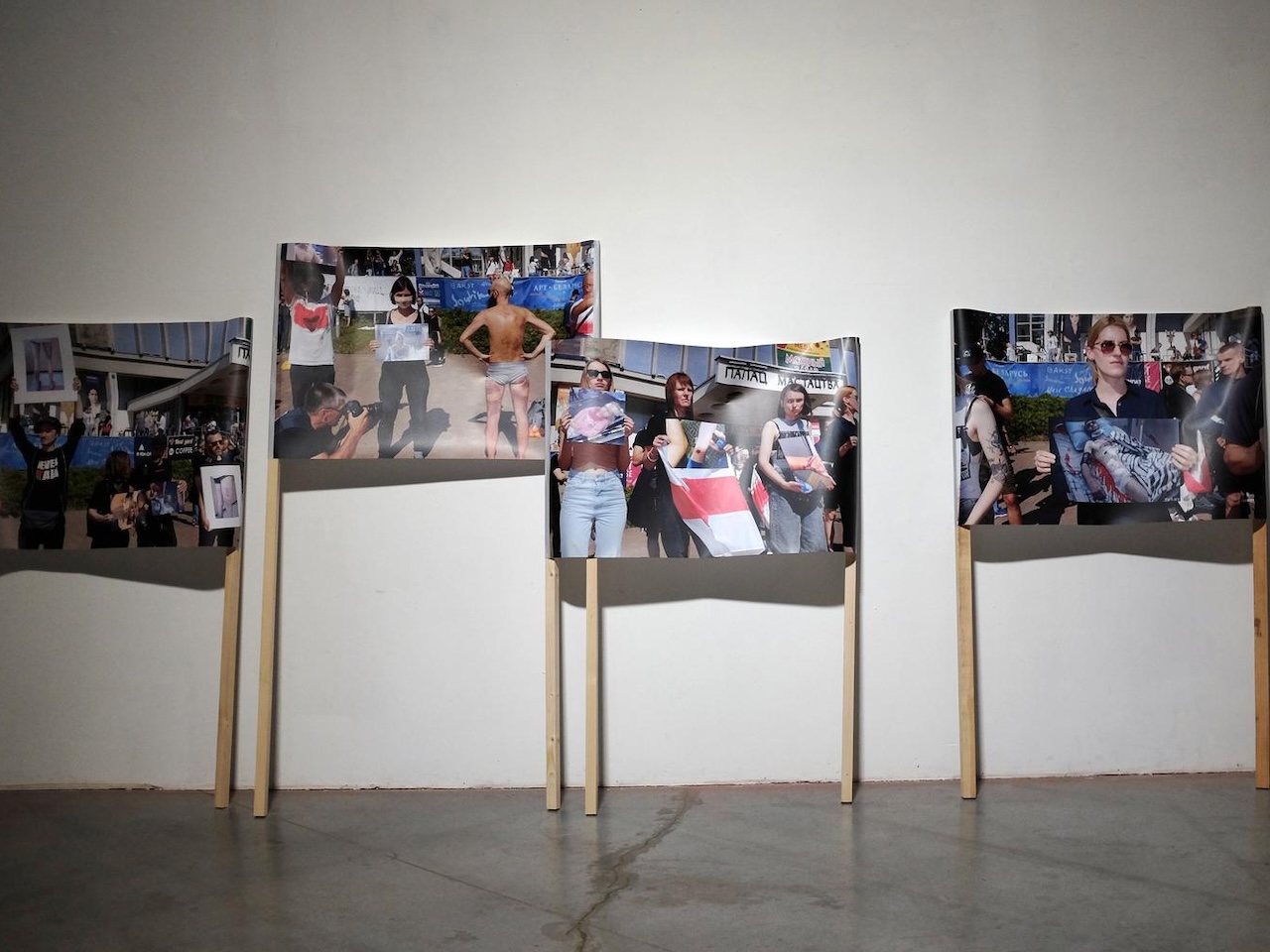
Published in late 2024, just before Belarus’s 2025 elections, it highlights ongoing repression, with thousands of political prisoners and around a million people forced to flee. The author connects the protests in Belarus and Hong Kong as examples of modern resistance shaped by digital control and China's geopolitical influence.
— How would you describe your experience of living and working in exile? What is the hardest part? What helps you remain yourself? An artist?
Honestly, it feels like a miracle. It is very brave to remain an artist without a foundation and understanding of where to go next. I have no plans for the future. I try to extract the maximum from every opportunity that comes my way. I aim higher than I think I can. And when people and institutions see that, they start working with me, inviting me again. I’ve realized that if you are doing something good, you will definitely be invited again.
Furthermore, I believe this faith distinguishes us from artists who grew up in Europe, in relative comfort. We, the emigrants, seem to have more courage stemming from uncertainty. However, of course, all these efforts we make every day happen against the backdrop of a very heavy internal state. Throughout the past year, I have not had a moment when I felt safe. Additionally, I continue to have mental health issues; I get eczema whenever I travel. As soon as I get on a train, the eczema appears right away. I never had this before my exile.
We are constantly moving. We are always learning new languages. And I am not one of those for whom this comes easily. I speak English, Russian, and Belarusian. But in Poland, I had to learn Polish, and here in Germany, I must learn German. I am constantly searching for work, grants, residencies, opportunities; I’m always applying somewhere. I don’t complain; I just tell myself—you’re alive, you’re healthy, everything is functioning, thank God.
— How do you find ways to express protest and convey your ideas to an audience outside of Belarus?
It’s probably important to clarify that I separate my personal artistic practice from the practice of creating an archive that I founded. The private photo archive is a project that works with the public history of Belarus, and I try not to become the face of this project. I understand very well that this work with the audience outside of Belarus is important. I see that even in Europe, people have very little understanding of what Belarus is and who Belarusians are. I notice that when talking about Belarus, people tend to seek parallels with Russia or Poland. Moreover, it is hard for Europeans to imagine the level of authoritarianism in modern Belarus. Recently, we spoke with a girl from Germany who said that she doesn’t feel safe protesting in Berlin and that it was difficult for her to make the decision to protest. I deeply respect others’ fears, but I would love to be able to show the difference in consequences between protesting in Germany and protesting in Belarus.
Visual language is a powerful tool that can create an image and raise an issue. It is a form of weapon, a form of conversation, very metaphorical and specific. It does not work with direct statements like—Belarusians need saving. It helps understand what led to the current state of Belarus.
As for my personal artistic practice, it is critical art.
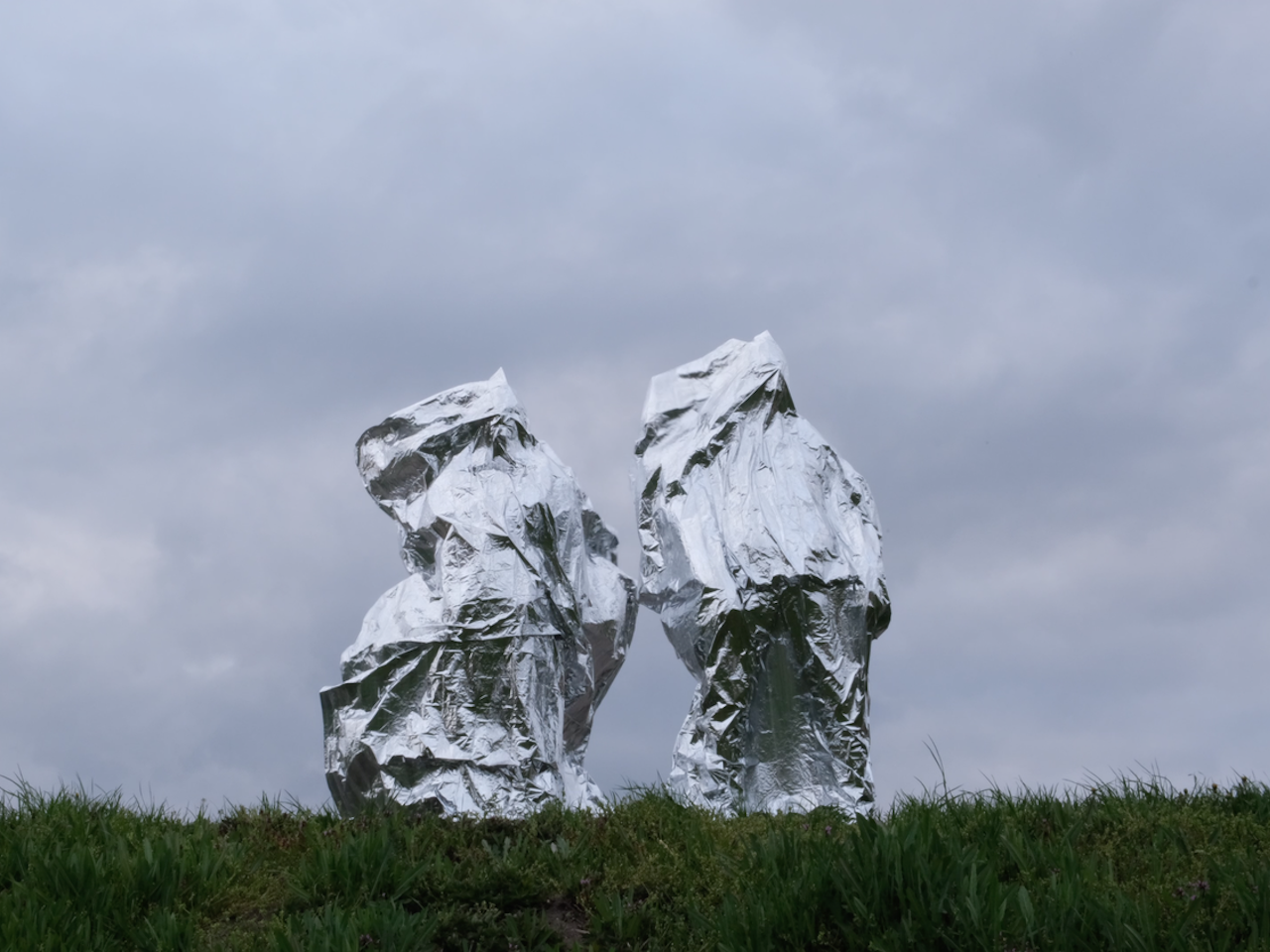
"By Law" reimagines immigrant interior design, featuring a wedding bouquet symbolizing the countries we traversed during our emigration. Borders and nations, often perceived as natural, are shown to be artificial constructs. The accompanying video portrays a couple wrapped in insulating blankets, symbolizing protection and care. For migrants, documents transcend their administrative purpose, becoming lifelines when homeland and family are absent.

With "The Bases" Lesia Pcholka addresses the tumultuous history of Minsk, where the new autocracy installed an extensive network of surveillance cameras on Stalinist post-war architecture. The artist created casts of lamppost bases from the main boulevards of Minsk and mounted cameras on them, symbolizing the regime’s permanent state surveillance, which extends even to those in exile.
— What are you currently working on?
I recently finished working on a book that explores parallels between Belarus and China. This book takes a special participatory format focusing on the protests in Hong Kong in 2019-2020 and the Belarusian protests in 2020. These protests were similar, but at that time, we, the protesters, did not have connections to discuss our experiences with each other. Many people who have experienced trauma seek out others with similar experiences or aspects in others’ experiences that resonate. I found all of this in Hong Kong. In the spring of 2023, I met an artist from Hong Kong; we talked, and I realized that he was the first foreigner in my life who understood what was happening in Belarus.
I was surprised at how the lack of a common language did not hinder us in understanding and feeling that our forms of resistance were very similar. Of course, capitalist Hong Kong cannot be compared to post-Soviet Belarus, but there are certain similarities. In protest practices, posters, gestures, and methods of coordinating protests, there were many parallels. We are representatives of the protests of a new era.
I created a book precisely about this. It has an unusual, open archive format where one can insert new materials. I thought for a long time about how I could draw parallels between the protests of the two countries, but besides that, it was important for me to visualize this parallel as well. In the end, I found this open archive format, allowing for additions and updates. Now our experience can be transmitted. It is very important for me that I was able to publish this book. In Belarus, there will soon be a new so-called election campaign. I feel that there will be a new phase, a new period.
— What helps you the most in exile?
It is very important when your work or exhibitions get noticed, even if the feedback is critical. It is very supportive to interact with people who say they’ve seen your work. This may sound trivial, but when your work is seen by someone, it gives inspiration and strength. And that doesn’t always happen—most of your work remains unseen.
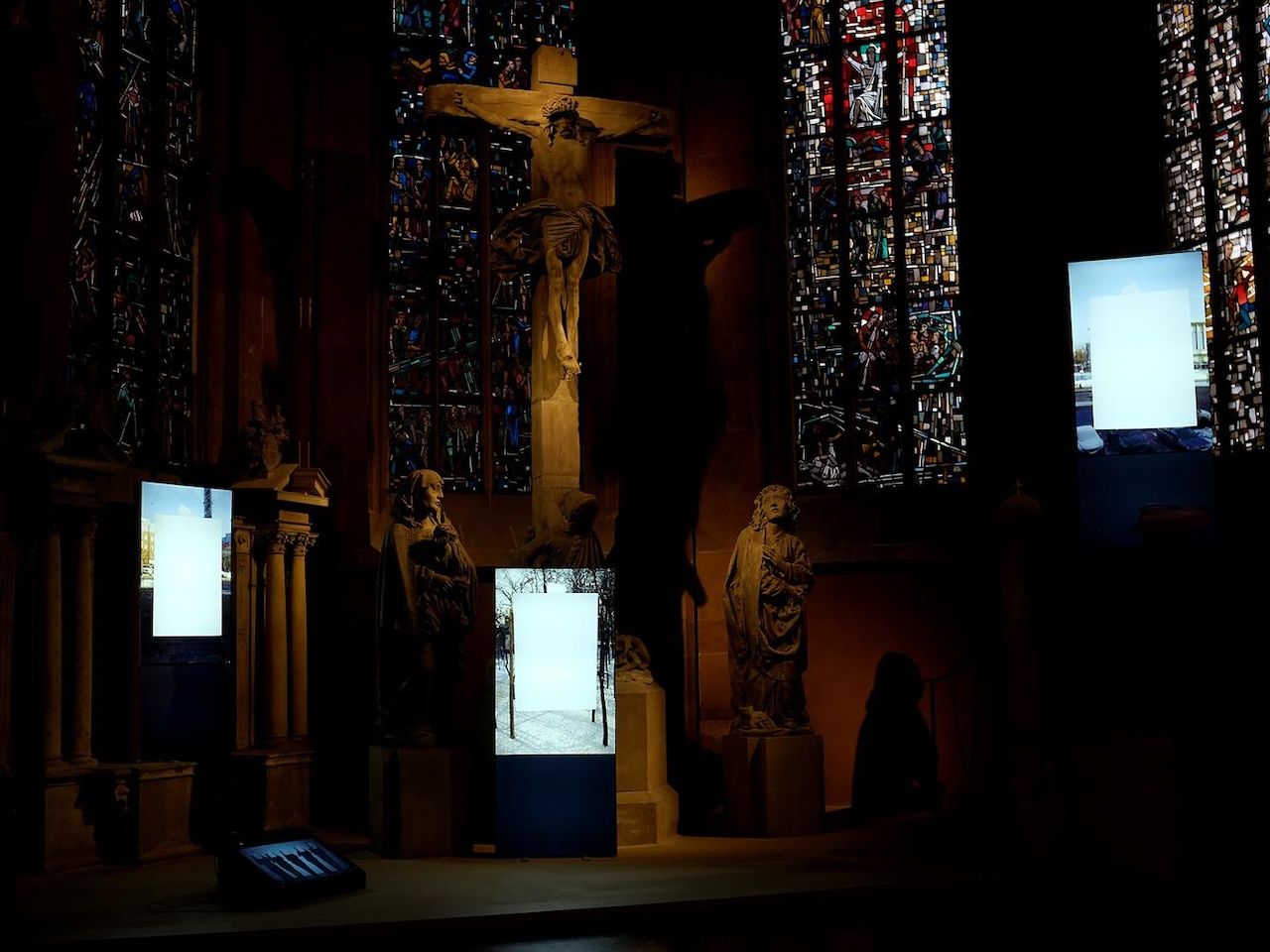
While the world's media have documented the brutal physical violence in Belarusian prisons - bruises, torture, years behind bars - the emotional toll of state terror is often left unspoken. Amid these horrific accounts, we tend to overlook quieter, more mundane forms of oppression: constant fear, paranoia, a sense of helplessness or the inability to leave the country. These forms of trauma remain invisible, considered less urgent, even though they shape everyday life. To visualise this invisibility, Polchka uses one of the symbols of the 2020 protests - a white sheet of paper. When the white-red-white flag was declared extremist, people started putting blank sheets of paper in their windows. Even this simple gesture could lead to arrest. Freedom of expression and public speech became impossible.

There are no independent media in Belarus. They ceased to exist when Lukashenko gained power in 1994. By the end of 1994, Siarhiey Antonchyk, an MP in the Supreme Council of the Republic of Belarus, presented a report on corruption in the President’s circles. The report was not published but newspapers were issued with blank pages because the ban on printing it had been issued at the last minute. From that moment on, independent media were either liquidated or submitted to the control of the authorities and published only radical propaganda. The installation makes references to the regime’s placing ornamental red and green flags along the streets of Minsk. The flag’s design was approved of during a rigged referendum, promoted by Lukashenko. This is not the national flag, there is no real idea behind it. It is a symbol of fear. The propaganda press is full of fear, hate and resentment.
— What stories or images are most important for you right now to communicate through your art?
Choosing themes is a great privilege for an artist. I am not in a position to choose right now. I’m not the kind of artist who is detached from the political context, from the tragedy of my country, who could independently choose what to engage in.
My main desire is to have the opportunity to work with space and objects. In Belarus, even before the protests of 2020, we had enormous problems simply exhibiting our work. Very few of our artists have experience working with galleries and exhibition spaces. Many created projects that did not require gallery spaces. They worked with communities and people, creating participatory projects, doing things that are not currently relevant in Europe. For an artist’s language to be understood, you need to work extensively with galleries; you need studios and experience interacting with institutions. Every opportunity to work with space makes your language clearer.
— What are your hopes?
I sincerely hope that what we are experiencing is a process of building a new world, where old authoritarian, totalitarian, patriarchal systems are undergoing their death throes.
I have never lived in democracy, but I believe it is possible, and that the years spent in authoritarianism will ultimately be nothing in the perspective of history.
At the same time, I accept the idea that I may never have the chance to return home.
I do not see positive hopes or signals that would make me think that everything will be well in the short term. But I am confident that a new world is possible, even if I never see it.


